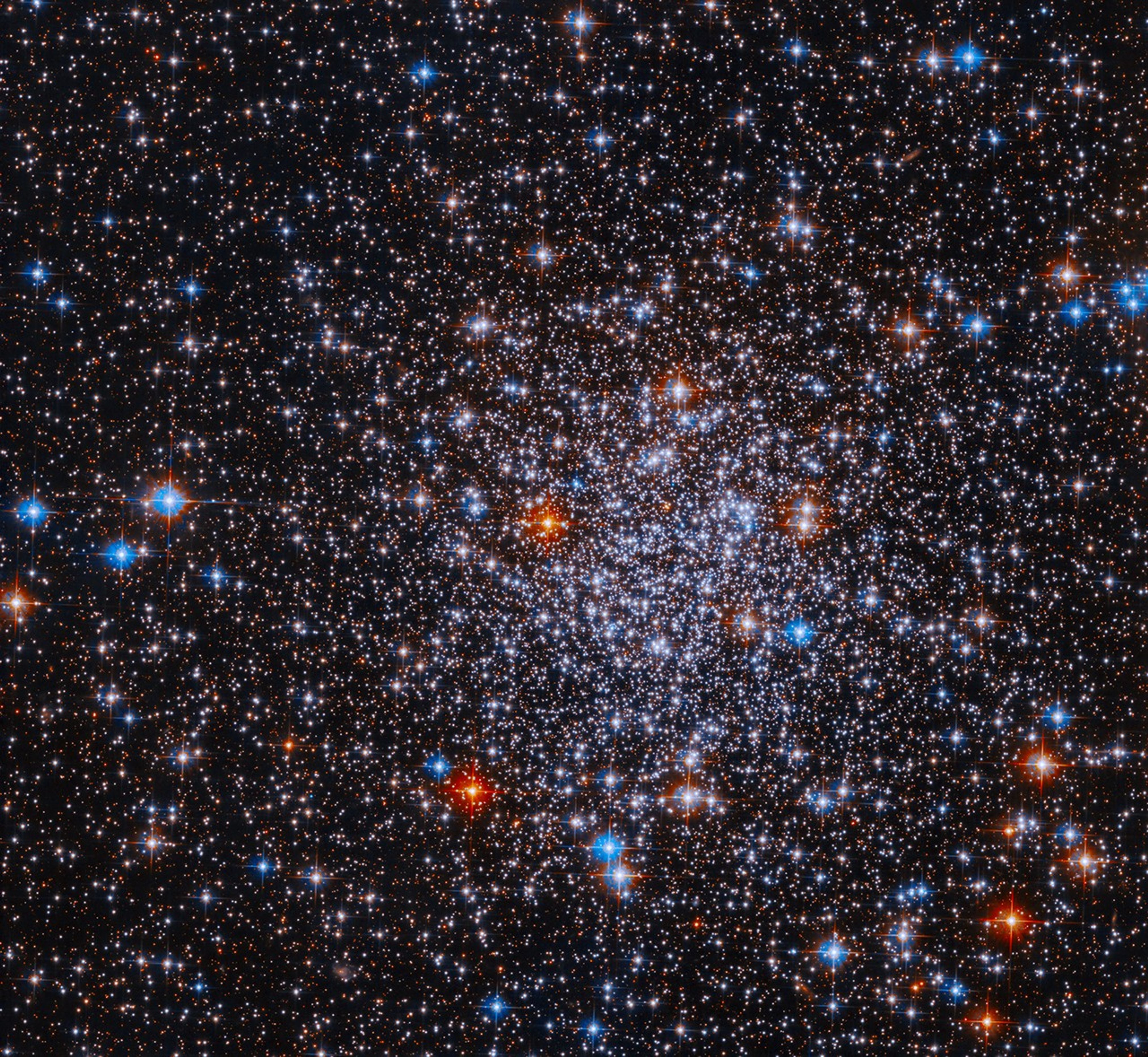ISEE-3/ICE
International Sun-Earth Explorer-3 / International Cometary Explorer
Type
Launch
Target
Objective
What was ISEE-3/ICE?
NASA's International Sun-Earth Explorer-3 (ISEE-3) conducted the first deep survey of Earth's magnetic tail. Then, after a series of complex flybys of the Moon, the spacecraft was renamed the International Cometary Explorer (ICE) and became the first spacecraft to fly past a comet (Giacobini-Zinner).
- The spacecraft's observations supported the theory that comets are "dirty snowballs."
- The probe provided data on the solar wind to an international group of spacecraft exploring Halley's comet.
- In 2014, a team of independent scientists, engineers, and programmers attempted to "reboot" the spacecraft.
| Nation | United States of America (USA) |
| Objective(s) | Sun–Earth L1 Lagrange Point, Comet Giacobini-Zinner Flyby |
| Spacecraft | ISEE-C |
| Spacecraft Mass | 1,056 pounds (479 kilograms) |
| Mission Design and Management | NASA / GSFC |
| Launch Vehicle | Delta 2914 (no. 144 / Thor no. 633) |
| Launch Date and Time | Aug. 12, 1978 / 15:12 UT |
| Launch Site | Cape Canaveral, Fla. / Launch Complex 17B |
| Scientific Instruments | 1. Solar Wind Plasma Detector 2. Vector Helium Magnetometer 3. Low Energy Cosmic Ray Experiment 4. Medium Energy Cosmic Ray Experiment 5. High Energy Cosmic Ray Experiment 6. Plasma Waves Spectrum Analyzer 7. Energetic Particle Anisotropy Spectrometer (EPAS) 8. Interplanetary and Solar Electrons Experiment 9. Radio Mapping of Solar Disturbances Experiment 10. Solar Wind Ion Composition Experiment 11. Cosmic Ray Isotope Spectrometer 12. X-rays and Gamma-ray Bursts Experiment 13. Gamma-Ray Bursts Experiment 14. Cosmic-ray Energy Spectrum Charged-Particle Telescope |
Firsts
- Conducted the first deep survey of Earth's magnetic tail
- First spacecraft to fly past a comet
Key Dates
Aug. 12, 1978: Launch
Nov. 20, 1978: Entered halo orbit at Lagrange Point 1
June 10, 1982: Spacecraft moved into the tail of Earth’s magnetosphere
Sept. 11, 1985: Becomes the first spacecraft to fly past a comet
March 28, 1986: Provided solar wind data on Halley's comet
May 5, 1997: NASA terminated ICE operations and support
May 2014: NASA signs an agreement with ISEE-3 Reboot Team
July 2, 2014: Spacecraft's thrusters successfully fired for the first time in 27 years
July 8, 2014: Longer thruster firing fails
Aug. 10, 2014: ICE passes by the Moon and will continue in heliocentric orbit
In Depth: ISEE-3/ICE
ISEE-3 was the third of three International Sun-Earth Explorers (ISEE) designed and operated by NASA in cooperation with the European Space Agency (ESA). NASA built the first and third spacecraft while ESA built the second. The three spacecraft were to simultaneously investigate a wide range of phenomena in interplanetary space.
After launch Aug. 12, 1978, ISEE-3 was successfully placed in a halo orbit around the L1 Sun-Earth Lagrange point (also called a libration point) on the sunward side of Earth, about 932,000 miles (1.5 million kilometers) from Earth where the gravitational forces of Earth and the Sun are exactly counterbalanced.
ISEE-3 became not only the first spacecraft to be put into orbit around a libration point, but also the first spacecraft to monitor the solar wind approaching Earth.
ISEE-3 completed its primary mission in 1981, but Goddard Space Flight Center scientists proposed sending the spacecraft through Earth’s magnetic tail, and then onward to intercept a comet.
By June 10, 1982, the spacecraft began to use its thrusters to move into the tail of Earth’s magnetosphere. ISEE-3 completed the first deep survey of Earth’s tail and detected a huge plasmoid of electrified gas that was ejected from Earth’s magnetosphere.
After a proposal by NASA scientist Robert Farquhar, NASA agreed in August 1982 to redirect the spacecraft for a rendezvous with Comet 21P/Giacobini-Zinner. After a series of five complex flybys of the Moon (the last on Dec. 22, 1983, at a range of about 75 miles or 120 kilometers), ISEE-3 was sent on a trajectory to encounter the comet.
At this point, the spacecraft was renamed the International Cometary Explorer (ICE). On Sept. 11, 1985, at 11:02 UT, ICE passed within 4,885 miles (7,862 kilometers) of the comet’s nucleus, becoming the first spacecraft to fly past a comet.
The spacecraft returned excellent data on the comet’s tail, confirming theories that comets are essentially “dirty snowballs” of ice, with surface material sleeting off during motion.
ICE also flew to about 25 million miles (40.2 million kilometers) of the sunward side of Halley’s comet on March 28, 1986, and provided upstream solar wind data.
After daily data return was ended in December 1995, NASA eventually terminated ICE operations and support May 5, 1997, although the spacecraft’s transmitter was left on to facilitate tracking.
In 2014, a team of independent scientists, engineers, and programmers organized an effort to “recapture” the spacecraft during its planned return to the vicinity of Earth in August 2014. The stated goal was to have ICE enter an orbit near Earth and “resume its original mission” with its five remaining operational instruments.
With funding that came entirely from the public, the project achieved a new footing by signing an agreement with NASA in May 2014 that allowed the ISEE-3 Reboot Team to make use of a defunct NASA spacecraft.
The spacecraft’s thrusters were successfully fired July 2, 2014, for the first time in 27 years, but a longer firing July 8 failed, probably due to a lack of nitrogen.
The spacecraft passed by the Moon at 18:16 UT Aug. 10, 2014, at a range of about 9,700 miles (15,600 kilometers), just as had been expected years before.
The spacecraft will continue in its existing trajectory (in heliocentric orbit) and return to the vicinity of Earth in 17 years.
Key Source
Siddiqi, Asif A. Beyond Earth: A Chronicle of Deep Space Exploration, 1958-2016. NASA History Program Office, 2018.

































